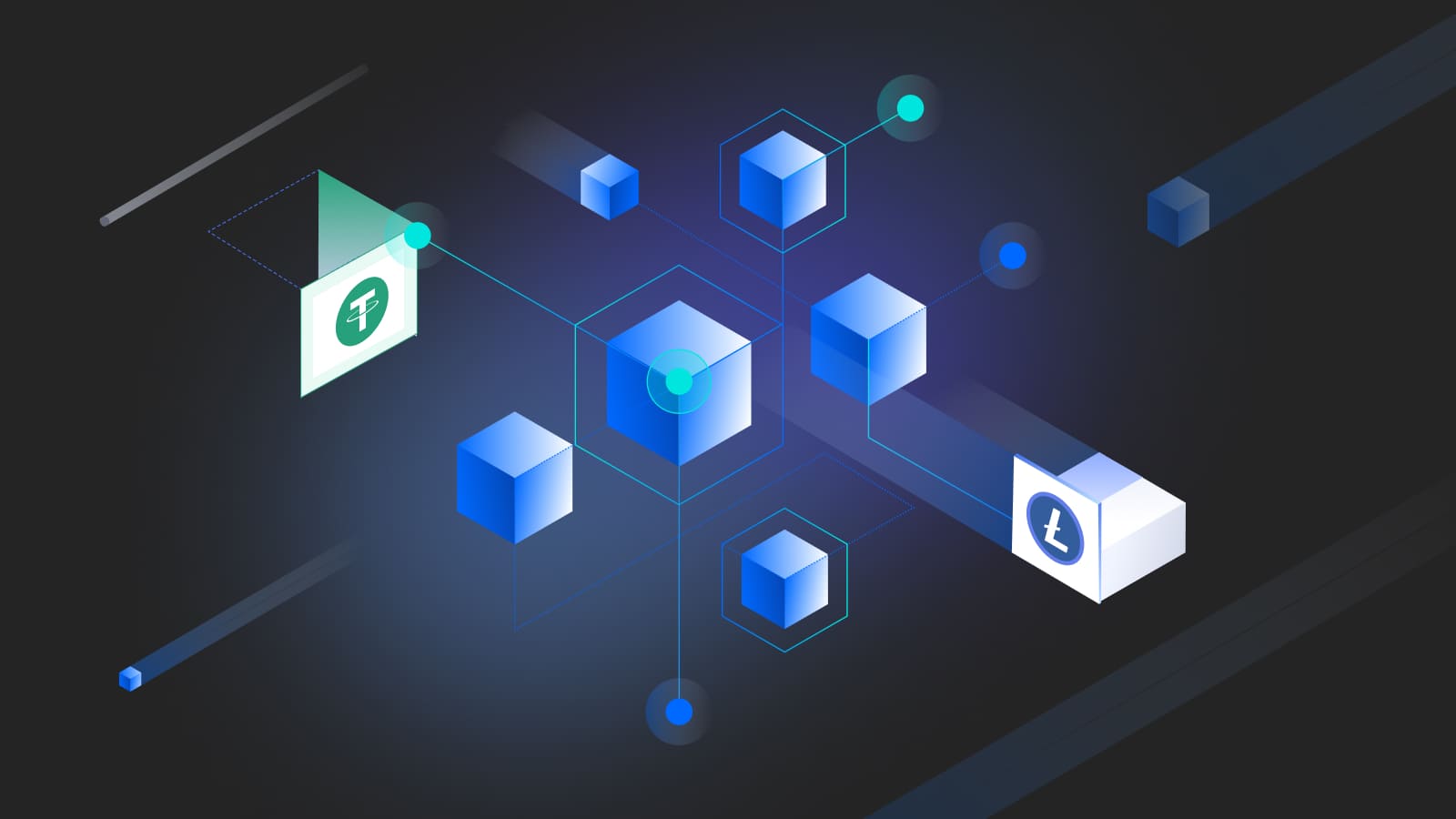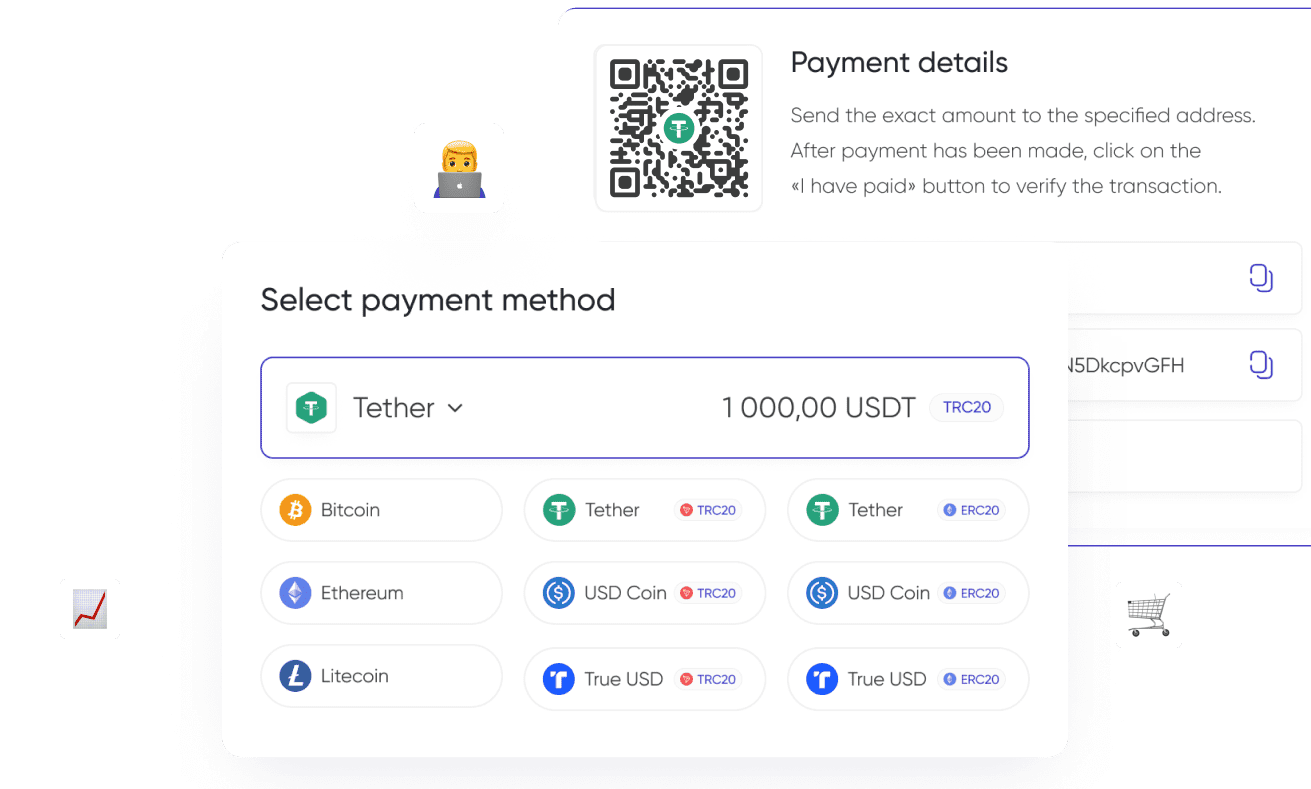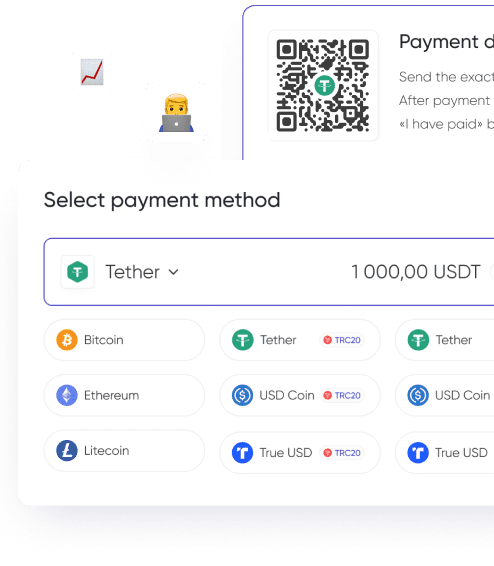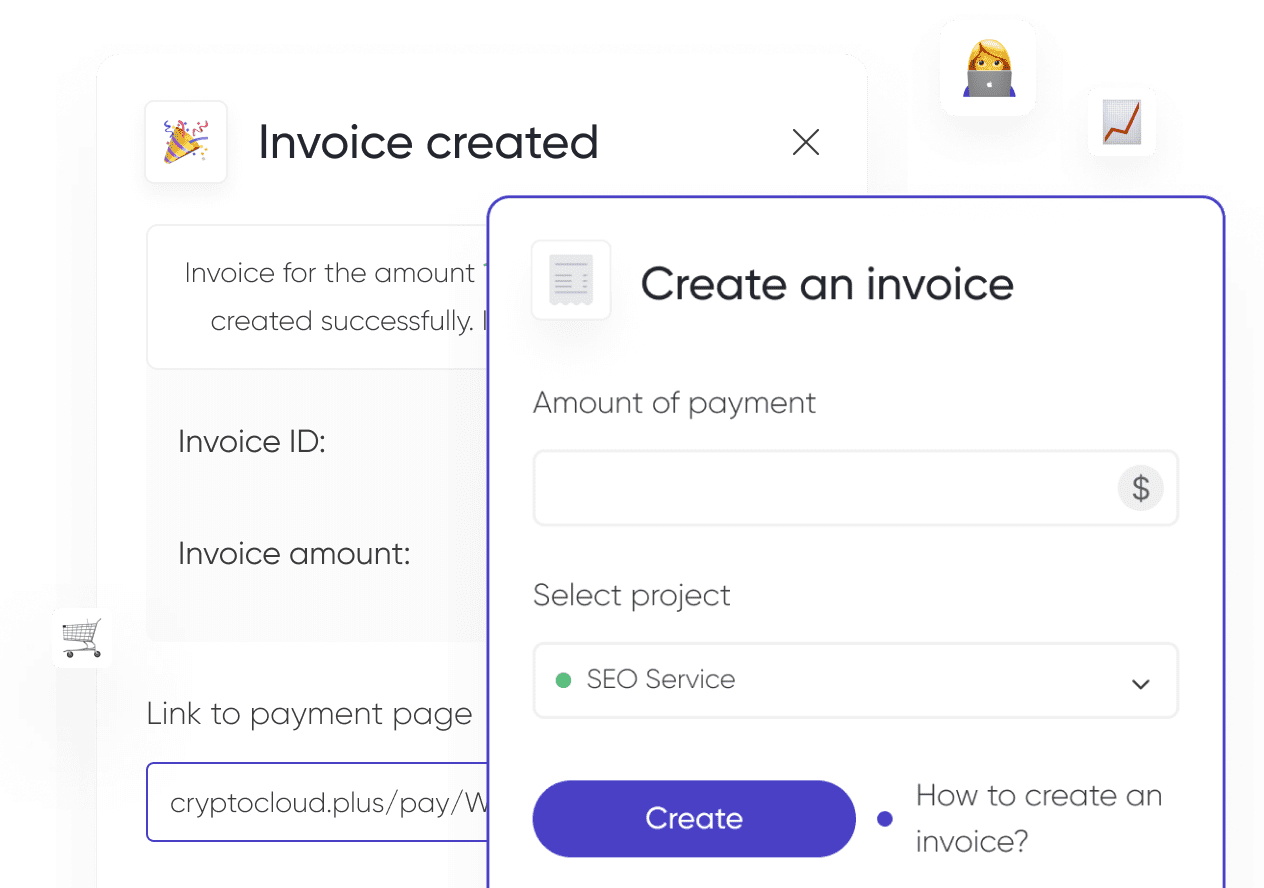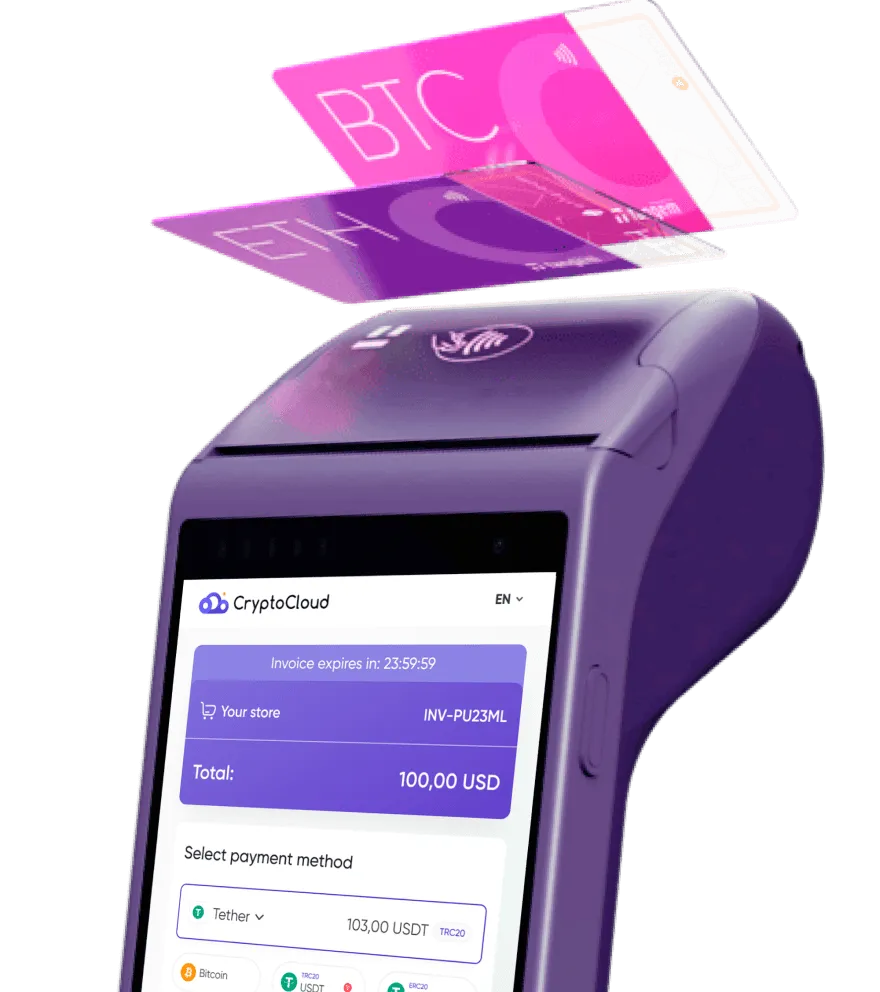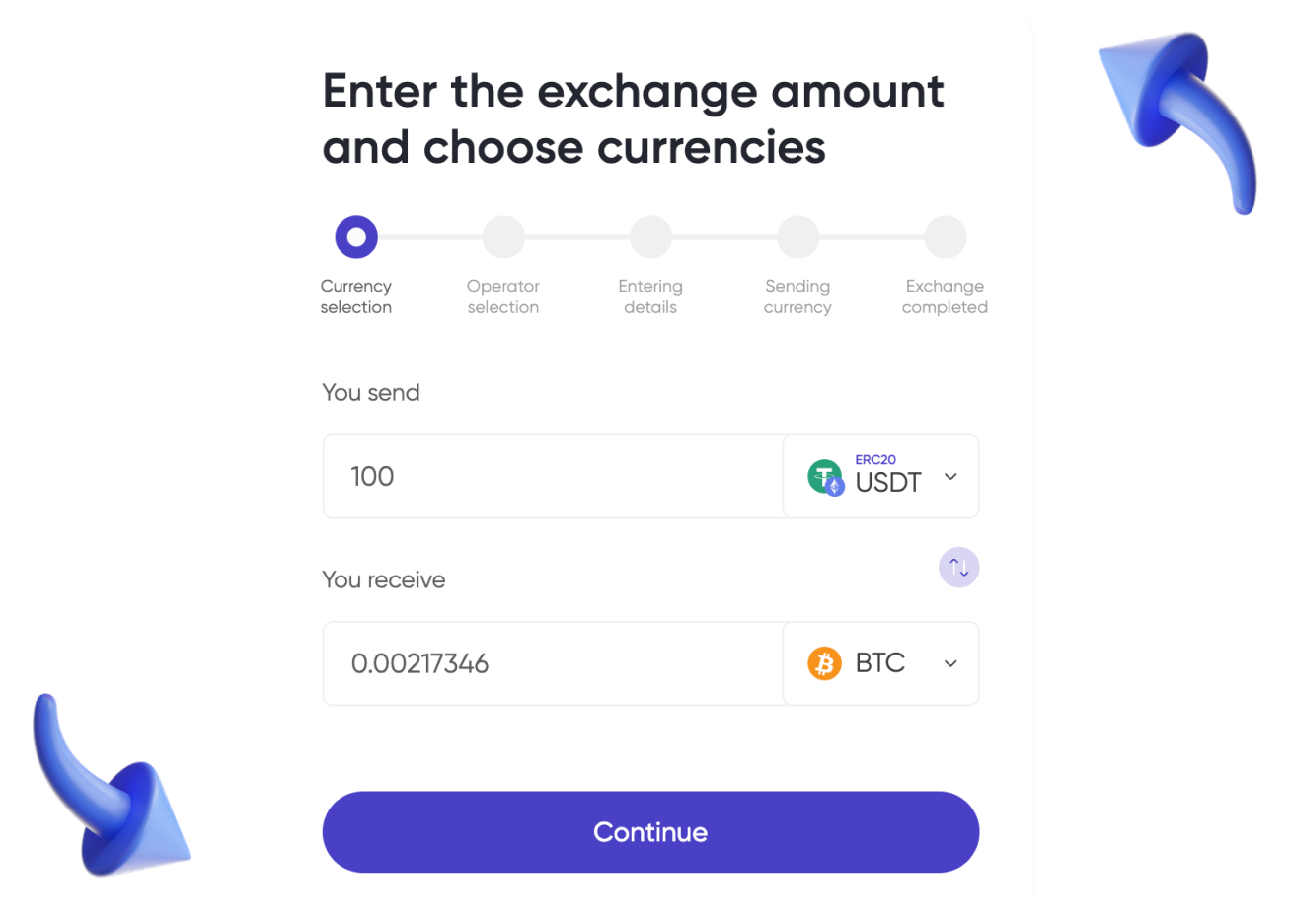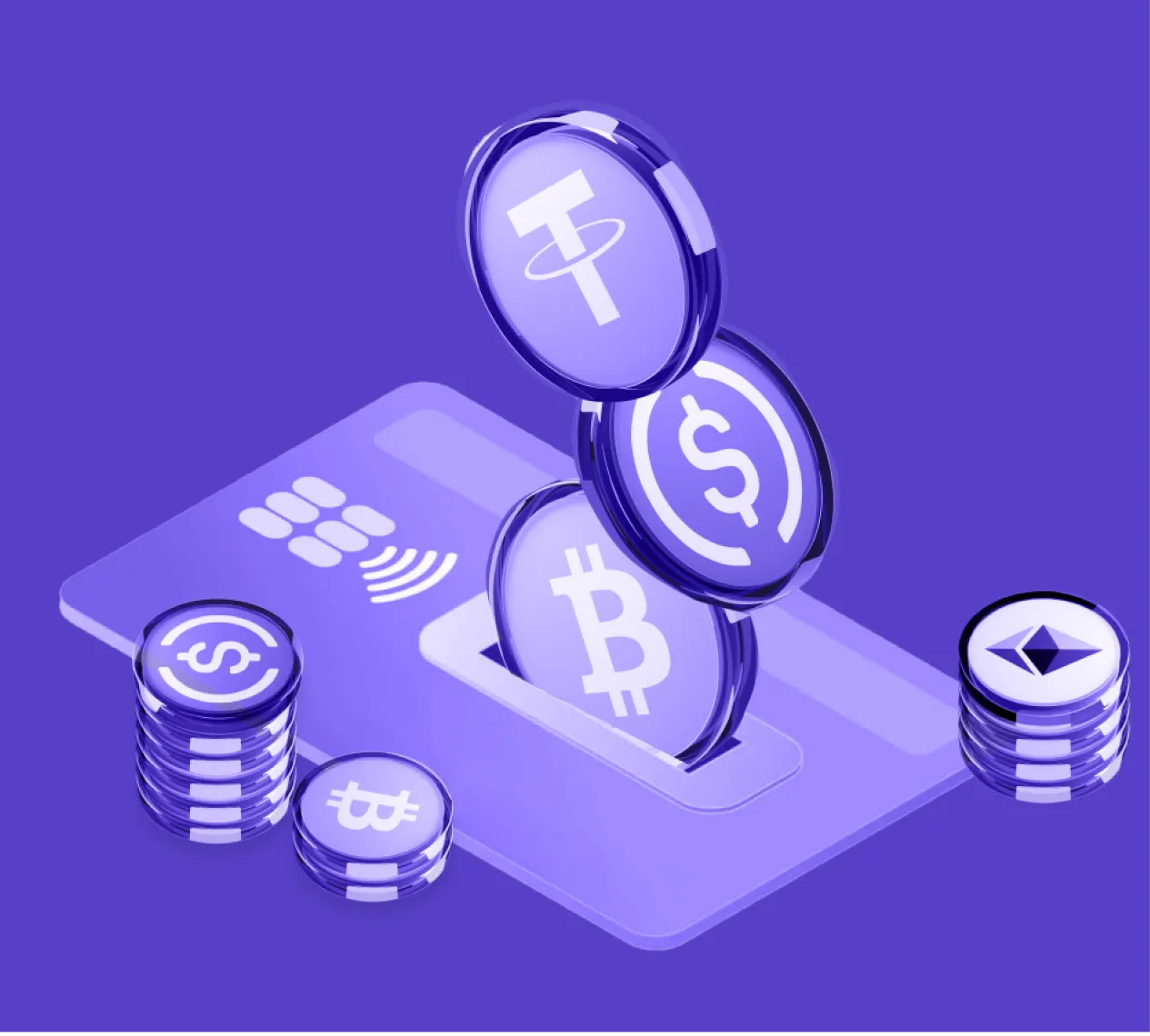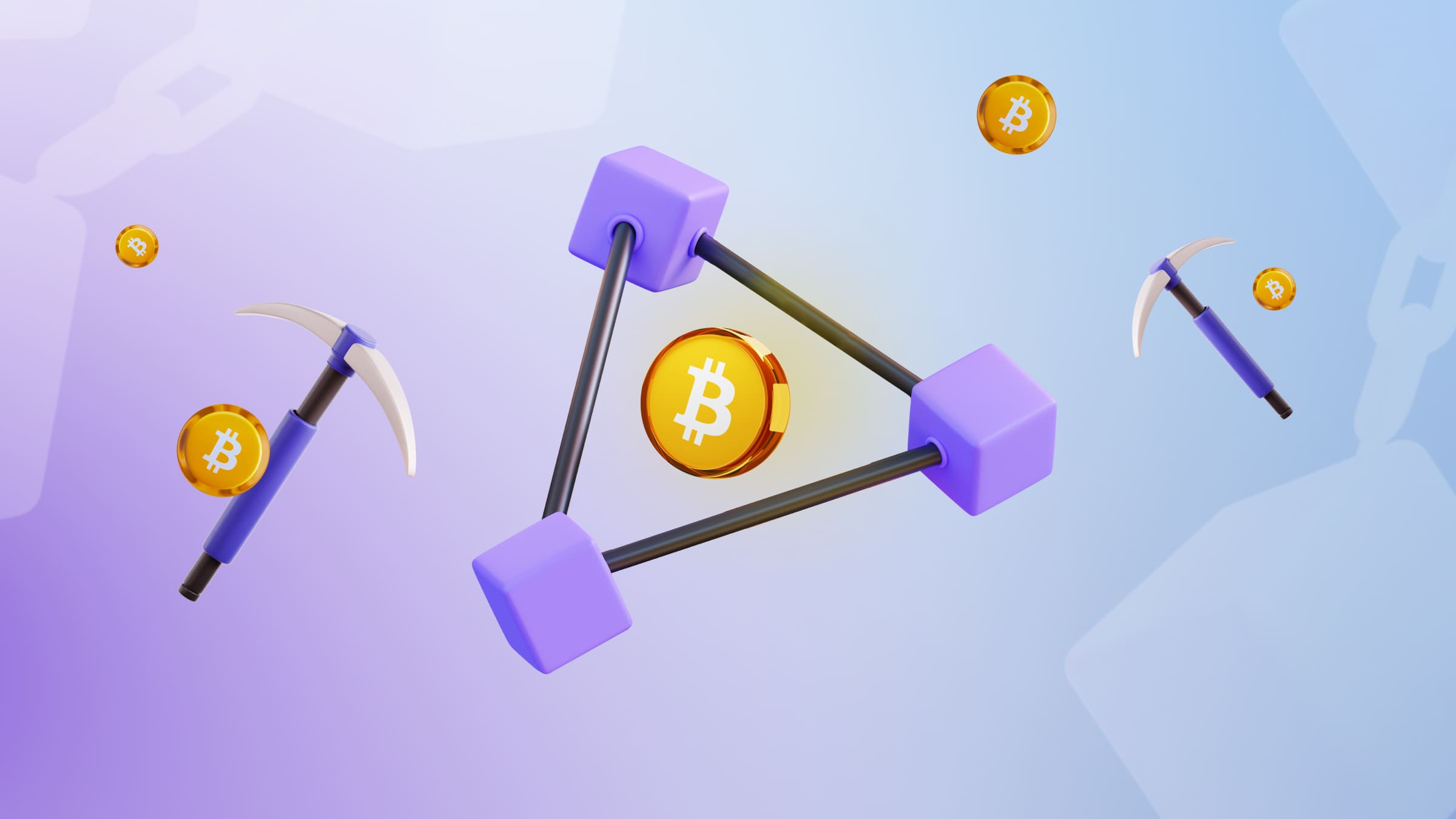New technologies are having an increasing impact on various industries. An example of this is the growing popularity of blockchain technology in commerce, which, like many other sectors, is looking for modern and sustainable solutions.
Counterfeiting intelligence, product surveillance, and access to production information are benefits of blockchain technology. In our article, we try to answer the questions: what is blockchain, how to use blockchain in e-commerce, and how can this technology bring about an e-commerce revolution?
The Potential of Blockchain
The most recognizable examples of blockchain technology are Bitcoin and other cryptocurrencies, but blockchain is much more than the crypto industry. This exciting technology is recognized in many sectors, from legal services to health care, commerce, and even government. If we closely follow the development of this technology in the world, we can assume that in the future, blockchain will gain more and more influence on the global economy.
We talked about the main ways of using cryptocurrency in the article.
Blockchain technology makes it possible to create innovative and transparent businesses. By using it, the manufacturer meets the needs of a modern, well-informed and demanding consumer. The potential of this technology is well-known to sales giants such as Louis Vuitton and H&M, which were the first to implement it in their operations.
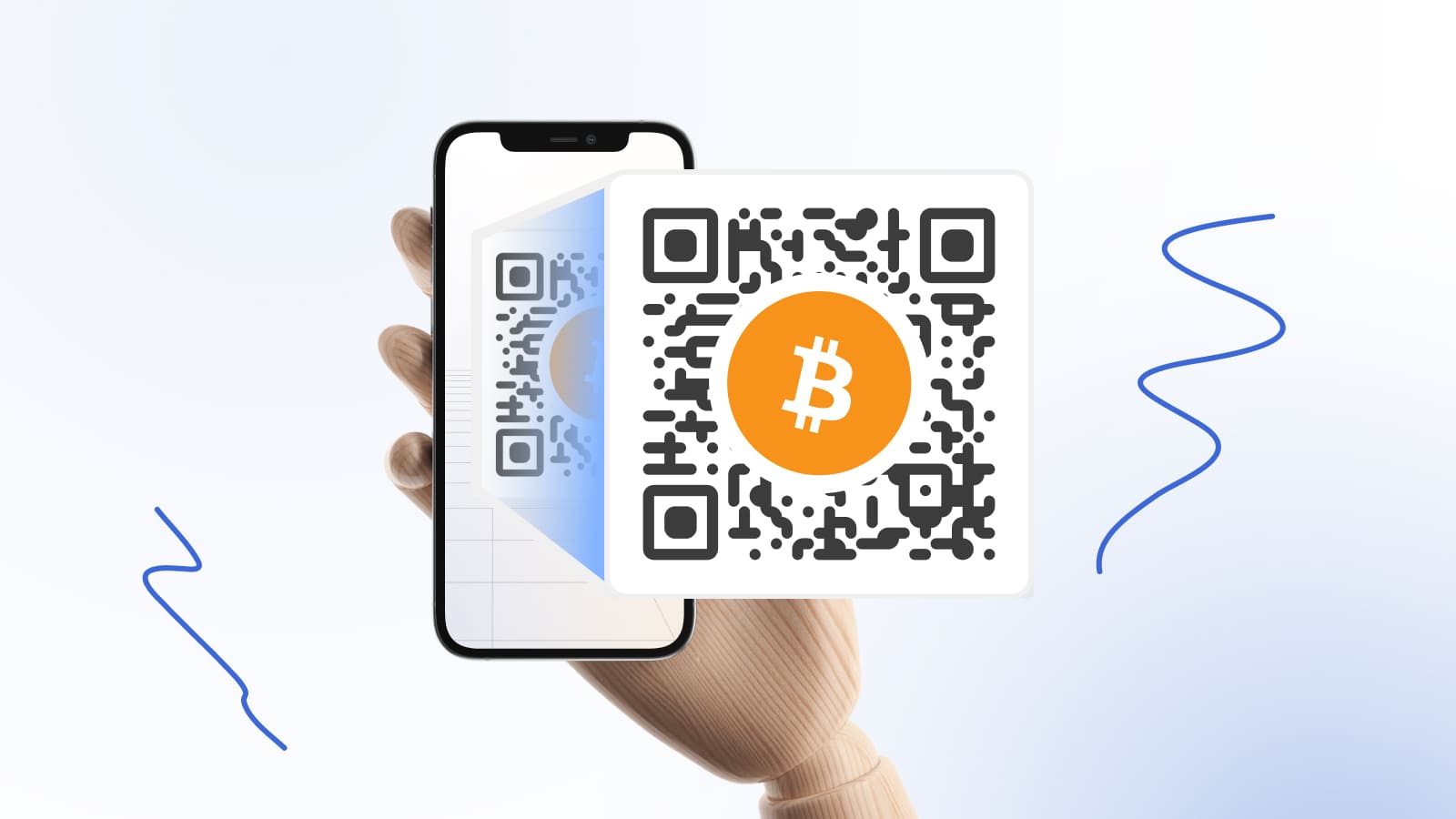
What Is a Blockchain?
Blockchain is a data collection technology that can be graphically compared to a ledger. Unlike a traditional book, you cannot "tear out a page" since the recorded data remains perpetually and cannot be deleted. Thus, both the producer and consumer benefit from this.
Blockchain refers to digital information stored in a public database. This digital, decentralized, peer-to-peer block database (without central computers) contains detailed, chronologically structured and immutable information related to a transaction. Here are examples of data found on the blockchain: amounts, dates, or parties to a transaction authenticated by particular electronic signatures.
Blockchain technology guarantees access to the entire history of operations associated with a given transaction, including the relevant actions' dates. A blockchain consists of blocks that are connected to each other and contain information. When a transaction is made, new blocks or «links» are sequentially added to the existing chain. This creates an unchanging history of all actions related to the product. Every further action, such as a change of product ownership, will be recorded in a digital ledger.
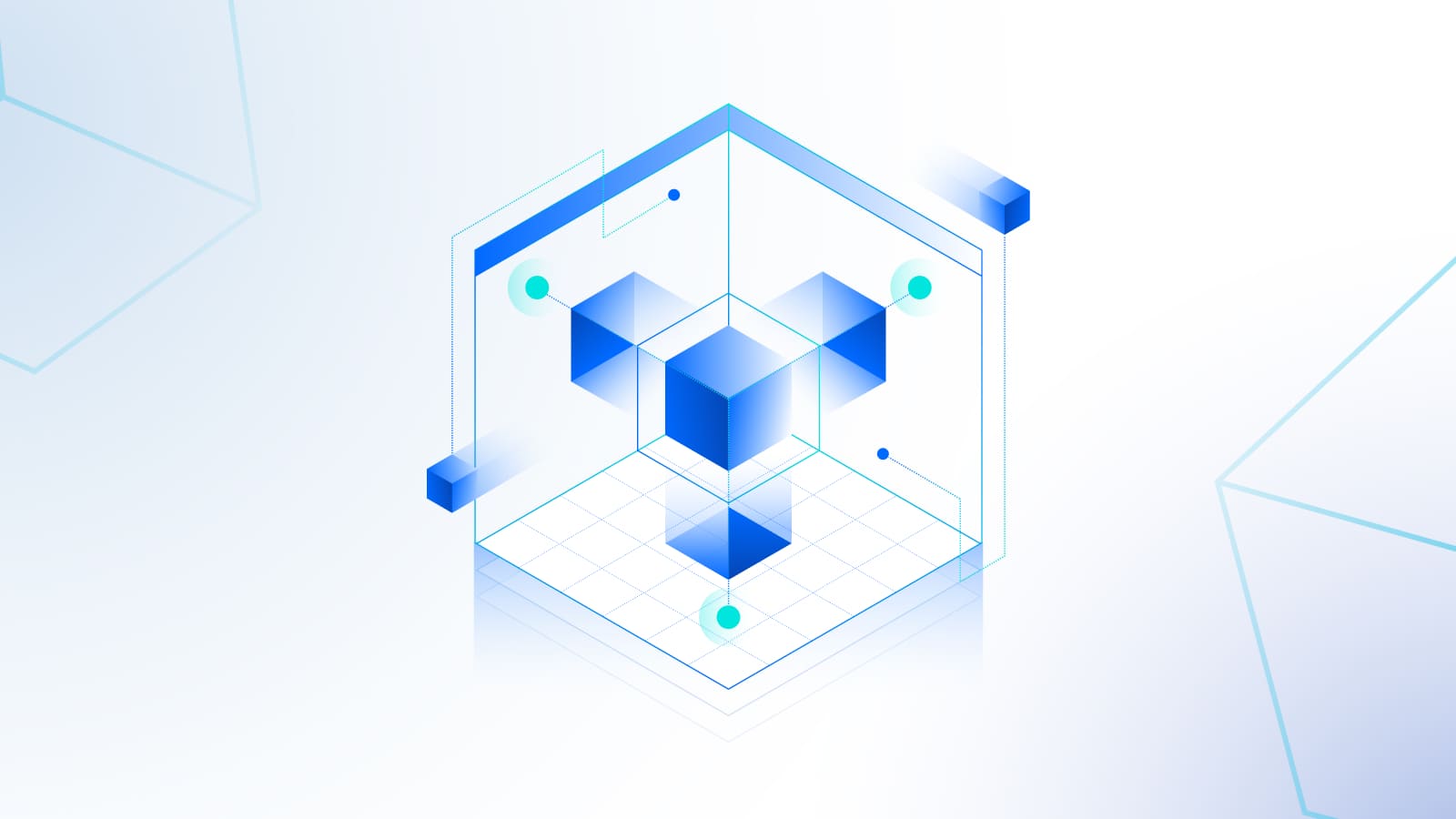
Blockchain can be defined as a functional technology for collecting data. In addition to the primary purpose of recording information, blockchain offers many useful functions. Some blockchains can transfer data, create software, and enter into contracts. The original, most famous version of Bitcoin was limited to cryptocurrency transmission.
Types of Blockchain
There are two types of blockchain: open, accessible to everyone from a personal computer and uncontrollable, and closed, dependent on the administrator. If you use the technology in question, you should first consider what it is meant for in your particular case and then choose the blockchain version with the functions that will best suit your stated needs. For example, if the technology is to be used as a delivery note, you need to find a blockchain that allows you to upload the data included in the delivery note. The shipping company Alibaba uses blockchain in a similar way.
Blockchains can also be created from scratch, and that's how they started to appear. However, today fewer and fewer organizations are spending the effort to develop their own technology, preferring to use the publicly available ones, which are becoming increasingly numerous today.
Applying Blockchain
There are many activities in which blockchain can be used successfully: banking, healthcare, transportation and real estate. Blockchain can even be used for elections.
Manufacturing is considered a highly unsustainable and often unethical activity. The environmental awareness of society is constantly growing. People are getting eager to take care of the environment and, at the same time, have quality products. All this makes the consumer of the 21st century more demanding.
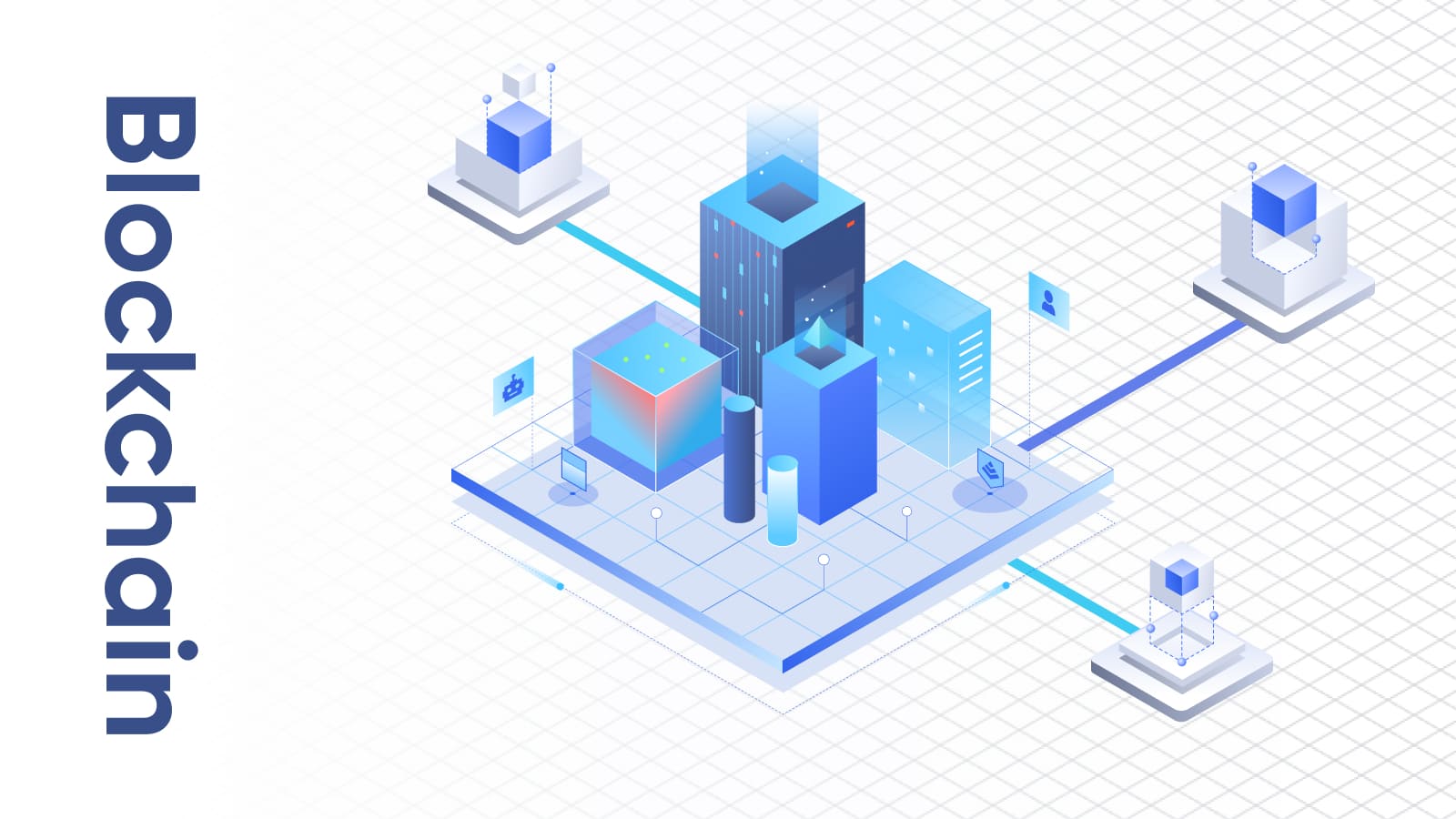
The customer wants and has the right to know where and how the product was manufactured, where the materials used to create it came from, what the working conditions were like at the plant where it was made, and what impact the production had on the environment.
These needs, typical of a modern consumer, can be successfully met with the help of blockchain technology. This tool allows companies to store and share product history information with complete transparency using smart labels. Storage and transmission of product history data are carried out via smart labels.
The smart labels were created in 2017 by designer Martina Jarlaard together with the Provenance application. This cooperation resulted in a mobile application for reading the blockchain from NFC tags, which the designer sewed into the tags of the clothes she produced. After applying such a tag to an NFC reader on the phone, the app could also read the product ID number collected in the database.
In this way, the app user can access all the information about the product collected in the database – from the raw materials used to transportation to the store shelves. By scanning the smart label, the customer can also get detailed information about the use of the item, which is very convenient when the physical label with clothes washing instructions is cut off.
Providing access to clear and reliable knowledge about the composition and origin of the materials used in production instills trust and a sense of security. It, therefore, helps build a relationship with the consumer, who will be more likely to trust the brand. Both sides of the deal benefit from such a decision.
We also recommend reading our article: «TOP-10 Countries Leading the Cryptocurrency Adoption Charge».
Logistics
Blockchain can be used as an electronic delivery note – in this case, you can trace the entire delivery route of goods from the supplier to the buyer. This solution can replace the traditional CRM-system, i.e. the international invoice management system. Moreover, the new technology has an advantage over the old one. The CRM system is susceptible to hacking, changing or deleting data. Once placed in an open blockchain, the information stays in it and cannot be deleted.
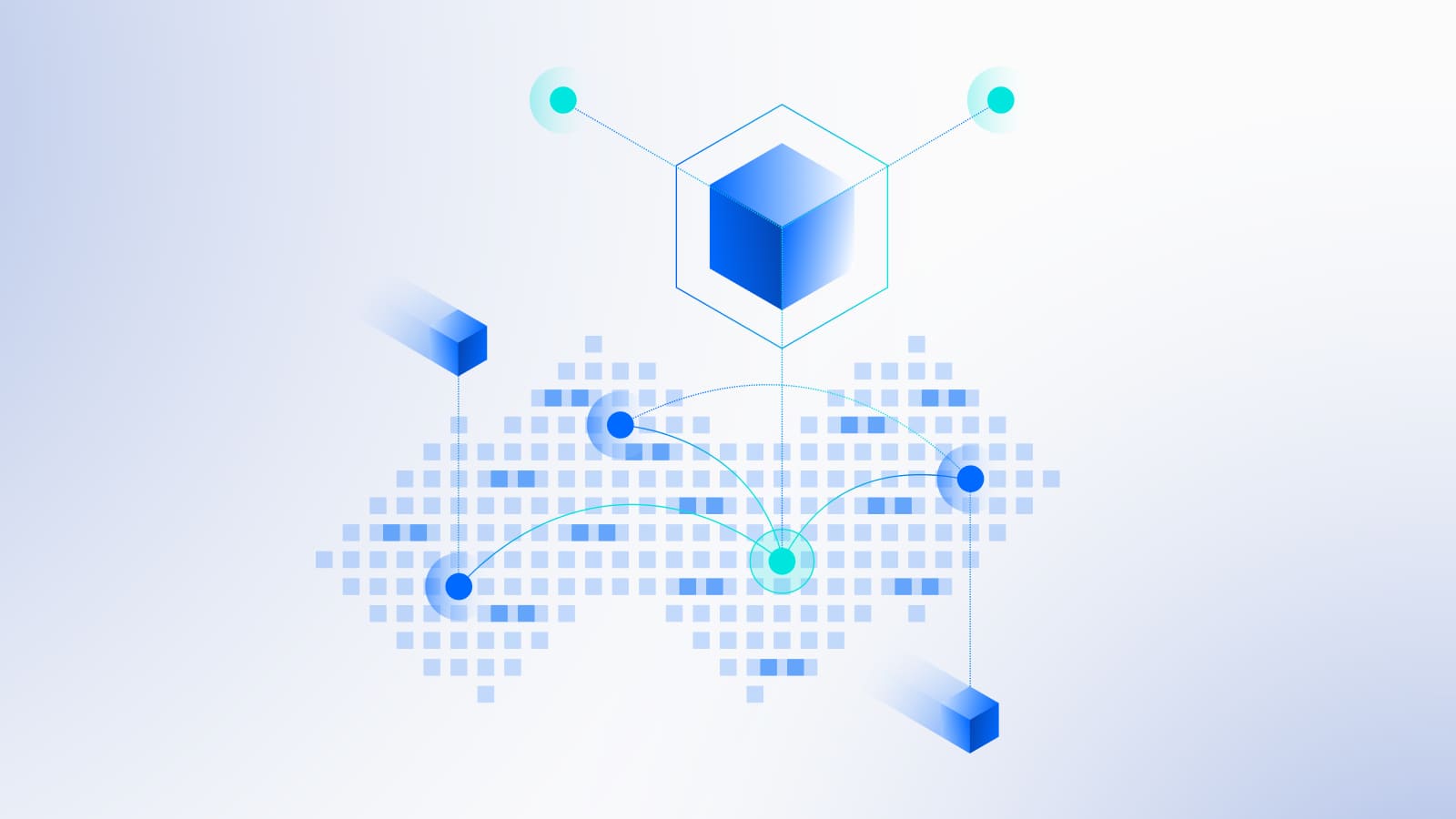
An example of an organization using blockchain as a delivery note is a shipping company Alibaba, affiliated with the well-known Chinese sales service AliExpress. With this solution, Alibaba, its employees and subcontractors can track the flow of transportation products and their quantities in circulation online. Still, they cannot make changes to a specific ledger. In the same way, blockchain is used by large clothing brands, which can thus control the entire process of product delivery.
Counterfeit Deterrence
Blockchain technology can be highly effective in detecting counterfeit products. The most frequent victims of this problem are luxury goods producers, such as fashion designers. The consumer is also not always sure of the authenticity of the product. Blockchain-based product authentication protects both the brand and the customer. The solution was used by LVMH (the French Louis Vuitton concern), Microsoft and Consensys to create the Aurora platform, which helps the luxury industry monitor and track goods.
The LVMH Group uses blockchain technology in nearly 60 brands and plans to expand blockchain functionality to protect intellectual property and prevent advertising fraud. Many other luxury brands have followed suit, providing their products with proof of authenticity, allowing them to be quickly identified. This way, the sales field can promote and verify ethical production while proving its sustainability.
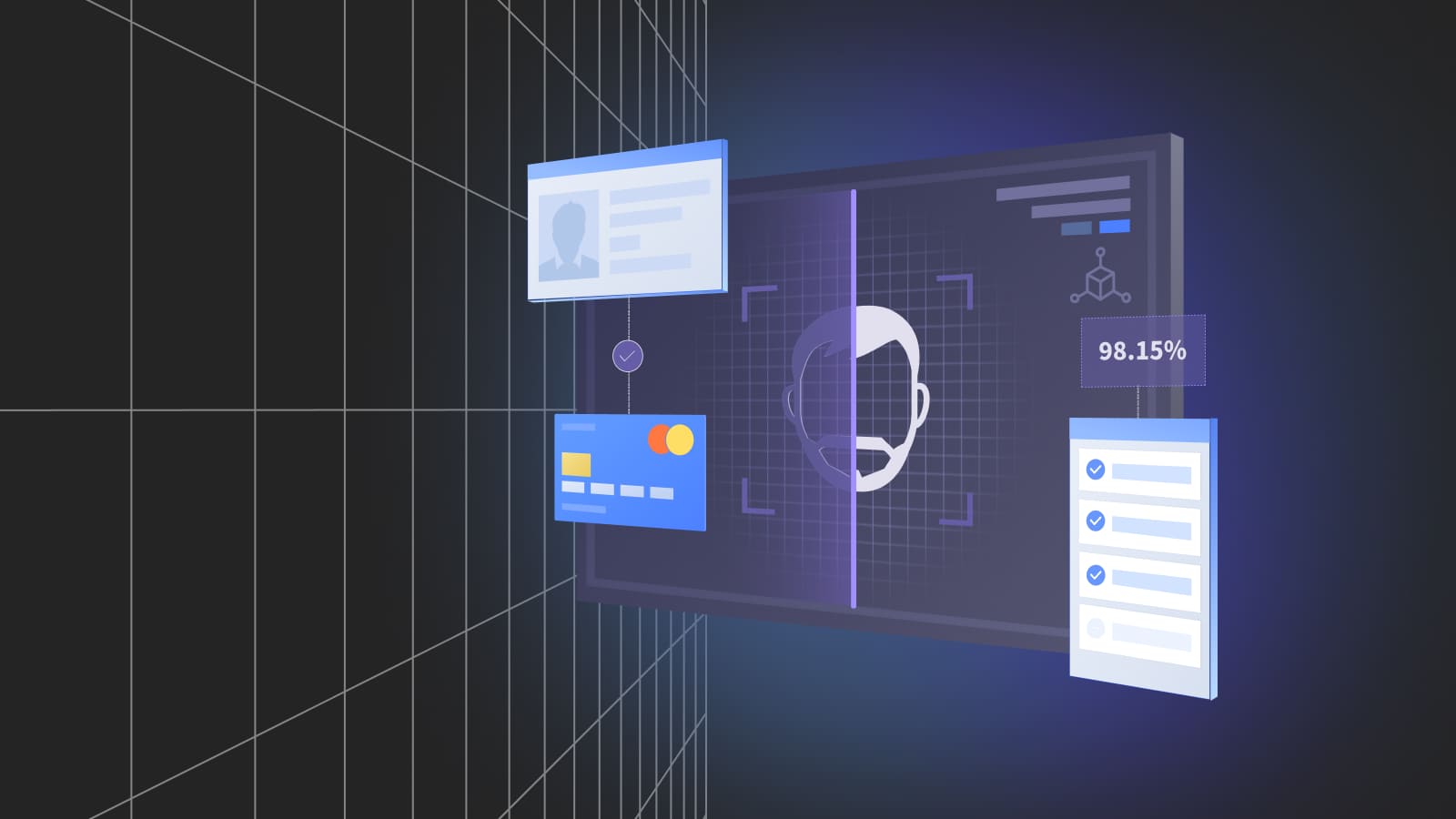
Blockchain authentication is also used in the gemstone industry. It was represented by the Tracr platform designed for the diamond industry. Using blockchain, the platform allows the authenticity of natural diamonds to be determined by assigning individual numbers. A registered diamond with this digital number can be identified by verifying its provenance and its associated transactions.
Cryptocurrency in E-commerce
Cryptocurrencies raise many questions critical to the credibility of economic transactions involving such assets, particularly regarding their legal nature and related tax issues. Nevertheless, they are very convenient for buyers and owners of online stores: the payments in cryptocurrency in online stores are already widespread.
The future will show whether blockchain technology will revolutionize commerce on a global level, but we advise you to be ready for it and connect crypto processing to your business with CryptoCloud.

